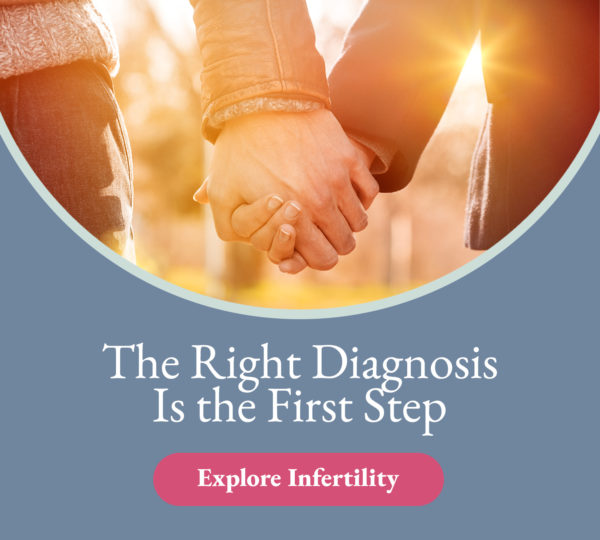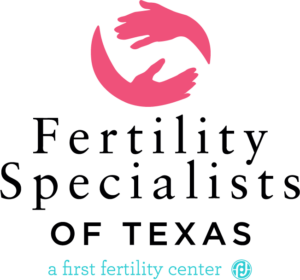Turn to our doctors for treatment when intrauterine adhesions make it harder to conceive
A successful pregnancy requires more than just a high-quality egg and a healthy sperm. A uterus (womb) that can support a baby as it grows and develops is also important. However, several female infertility causes can cause problems in the uterus. Intrauterine adhesions, also known as Asherman’s syndrome, are one of these issues.
If adhesions are interfering with your dream of parenthood, our Dallas-Fort Worth infertility specialists can help. They have the knowledge and tools to diagnose and treat this problem to make parenthood possible.
What do patients need to know about Asherman’s syndrome?
A healthy uterus has an open cavity with inner walls that are lined by the endometrium (uterine lining). When a woman has intrauterine adhesions, scar tissue has formed that causes the inner walls of the uterus to stick together. As a result, it is more difficult for an embryo to implant in the endometrium.
Some women with adhesions have thin, stretchy bands of scar tissue, while others have thick bands. In the most severe cases, the entire uterine cavity can be closed due to the tissue.
Asherman’s syndrome typically develops when there is an infection and an injury to the uterine cavity. While a dilation and curettage (D&C) procedure is a common cause, other situations can lead to the formation of scar tissue in the uterus.
- Infection of the uterine lining (endometritis)
- Surgical removal of uterine fibroids
- Cesarean section (C-section)
- Endometrial ablation
How do our doctors diagnose and treat intrauterine adhesions?
Women who have Asherman’s syndrome don’t always experience symptoms. However, some women have light or absent periods, pelvic pain and fertility issues, including recurrent miscarriages.
If you have these problems, our Dallas-Fort Worth infertility specialists can help. You’ll discuss your medical history and have a physical exam during your first appointment. Your doctor may then order diagnostic testing, often in the form of a hysteroscopic procedure.
If your doctor finds intrauterine adhesions during your hysteroscopy, they can often remove them during the initial procedure. This process involves placing a thin, lighted camera and surgical tools through the vagina and cervix to reach the uterus. The doctor will use the tools to remove scar tissue. Typically, your doctor will temporarily place a plastic catheter or balloon in the uterus to prevent the scar tissue from reforming.
After removing the scar tissue and allowing you to heal, your doctor will tell you when you can start trying for a baby or pursuing other fertility treatments.
If you want to learn how our Dallas-Fort Worth infertility specialists can help you overcome adhesions, contact us for an appointment. We can help you find success on your path to parenthood.

